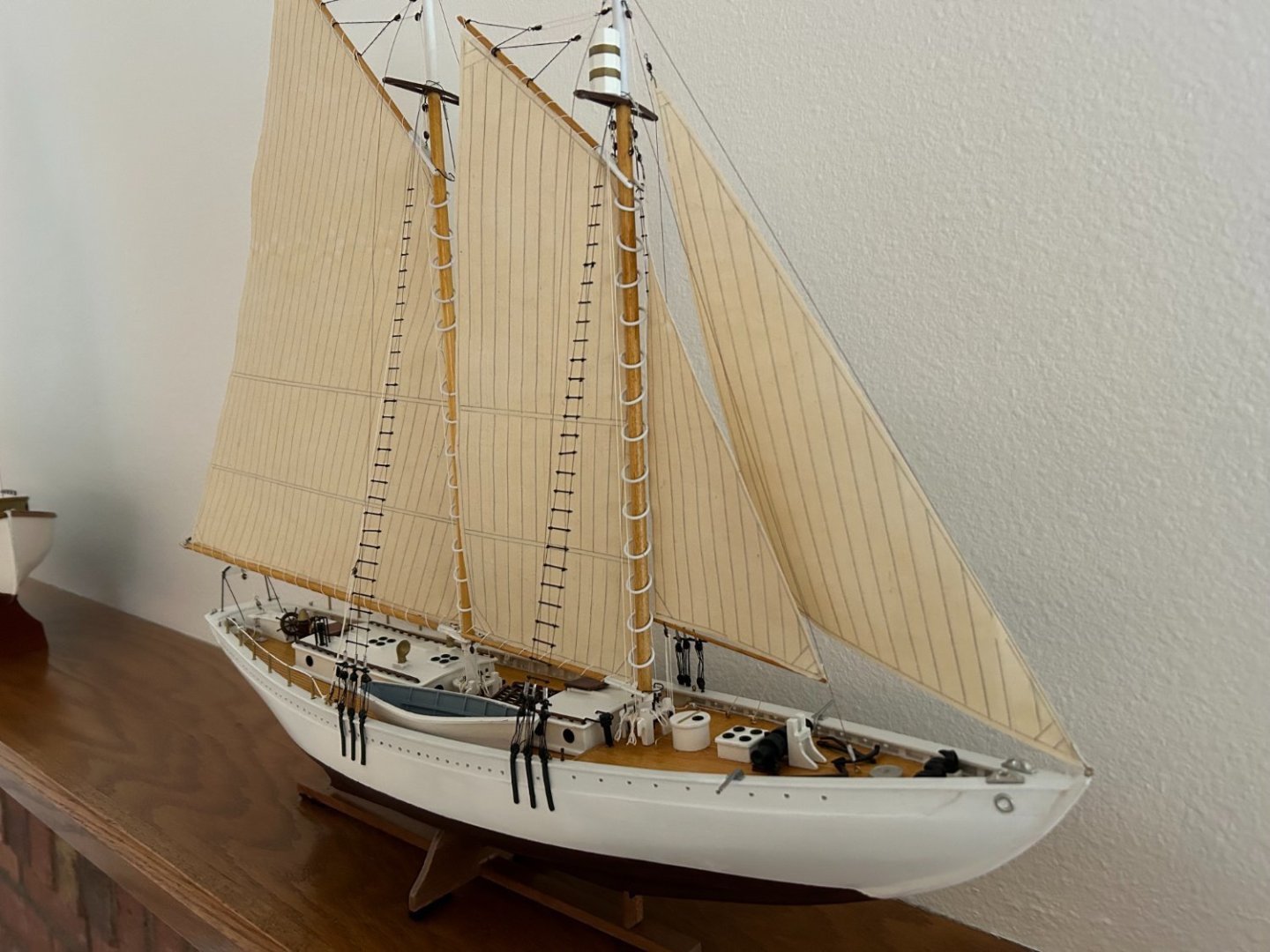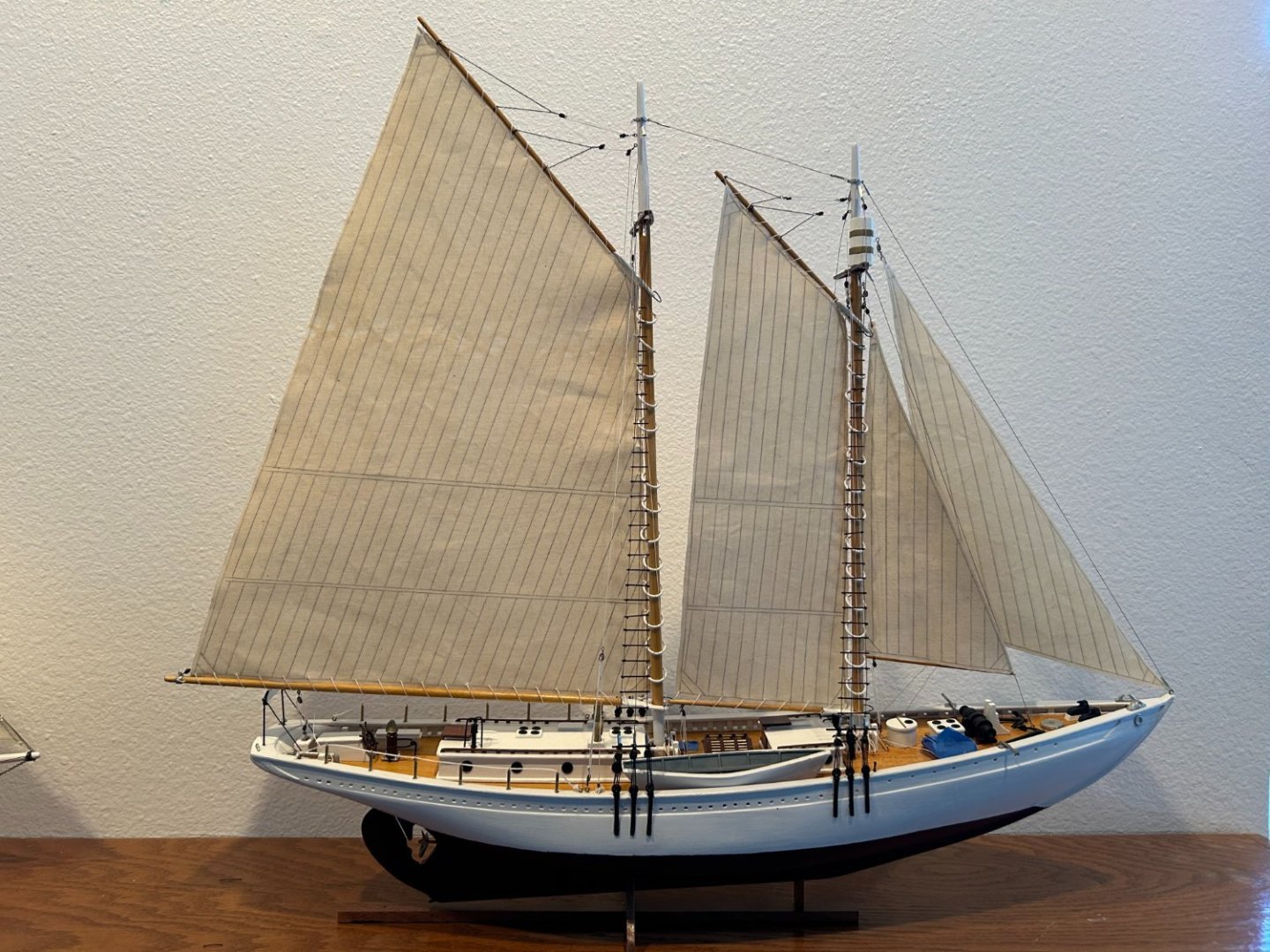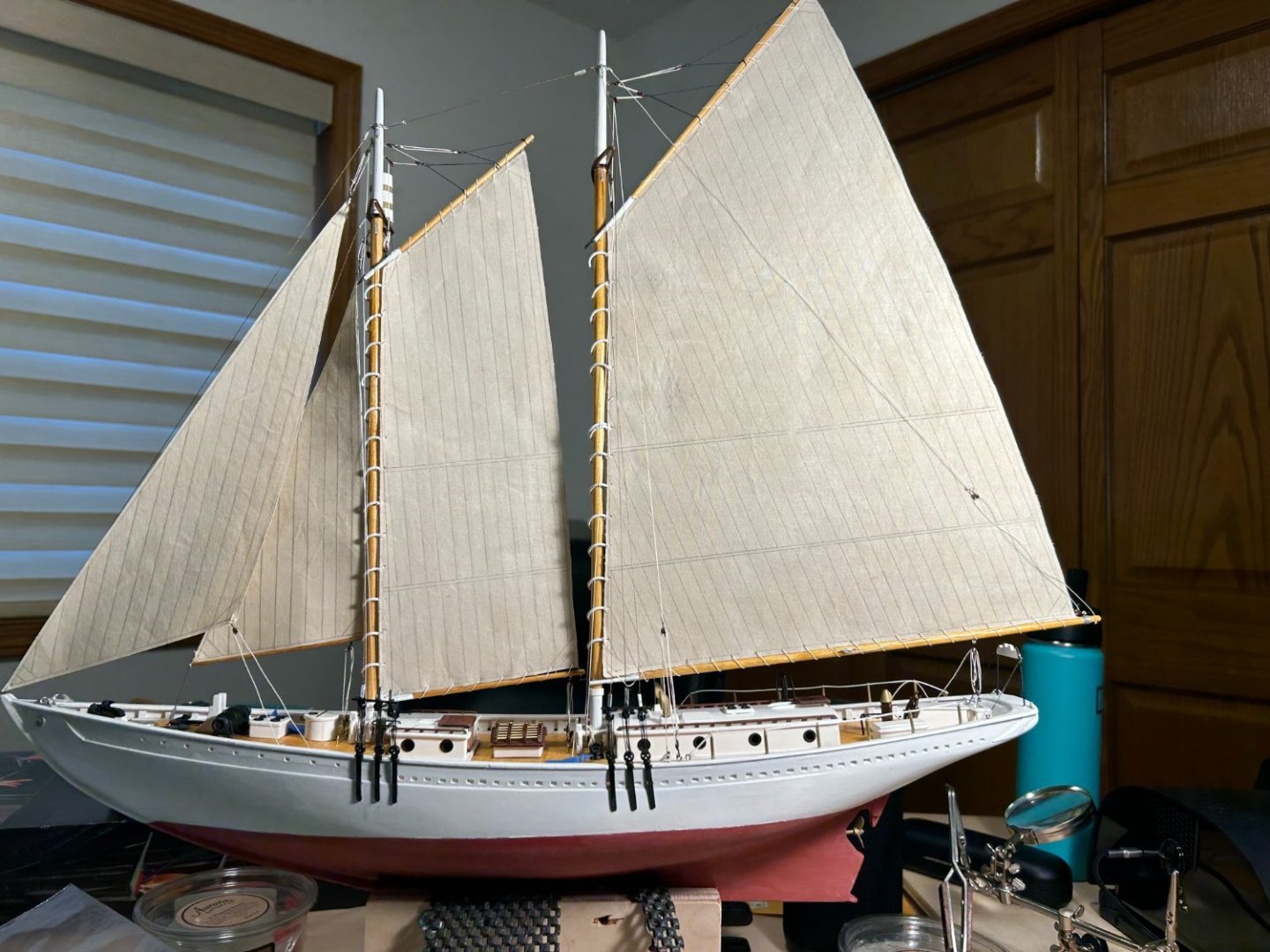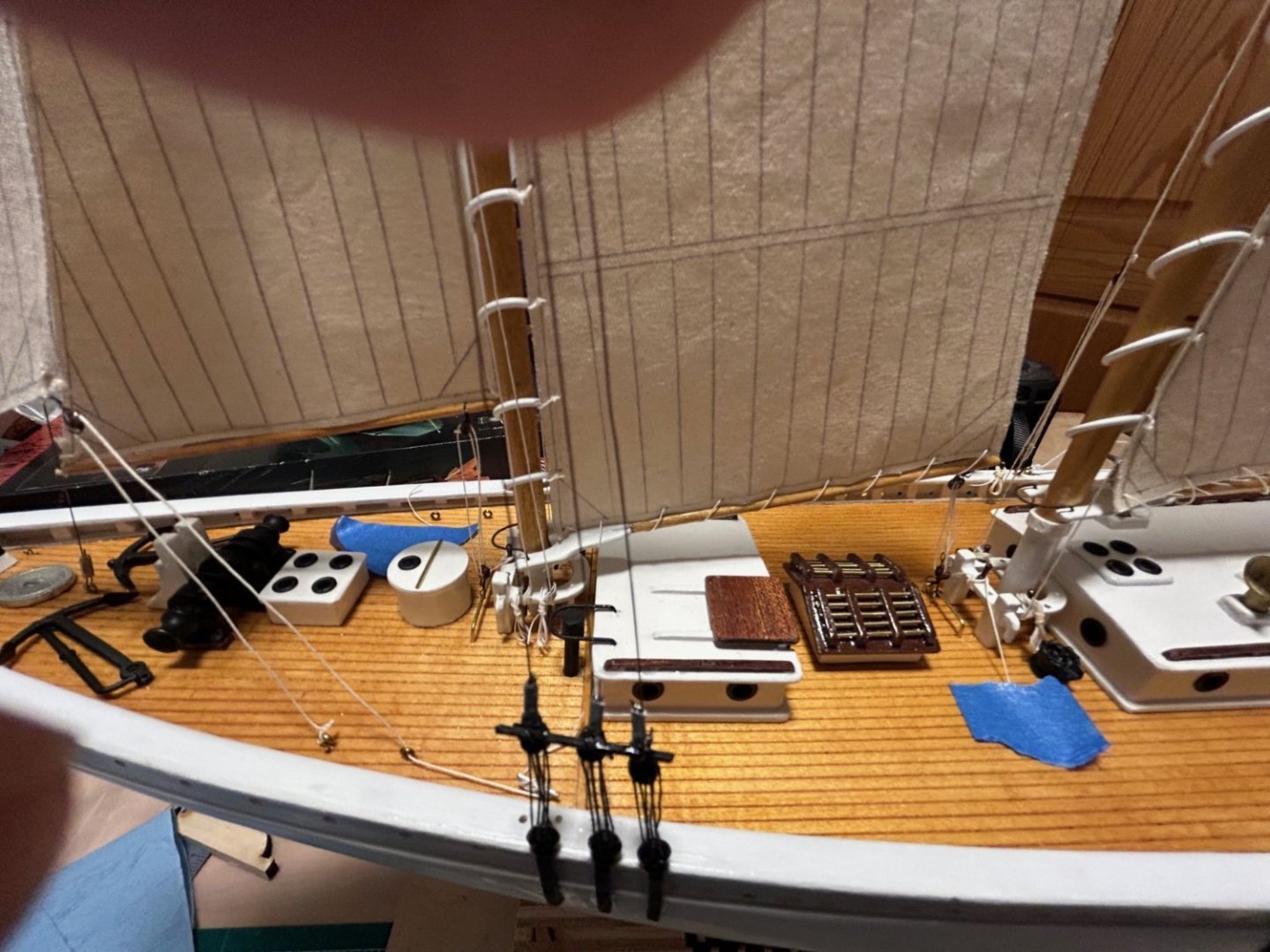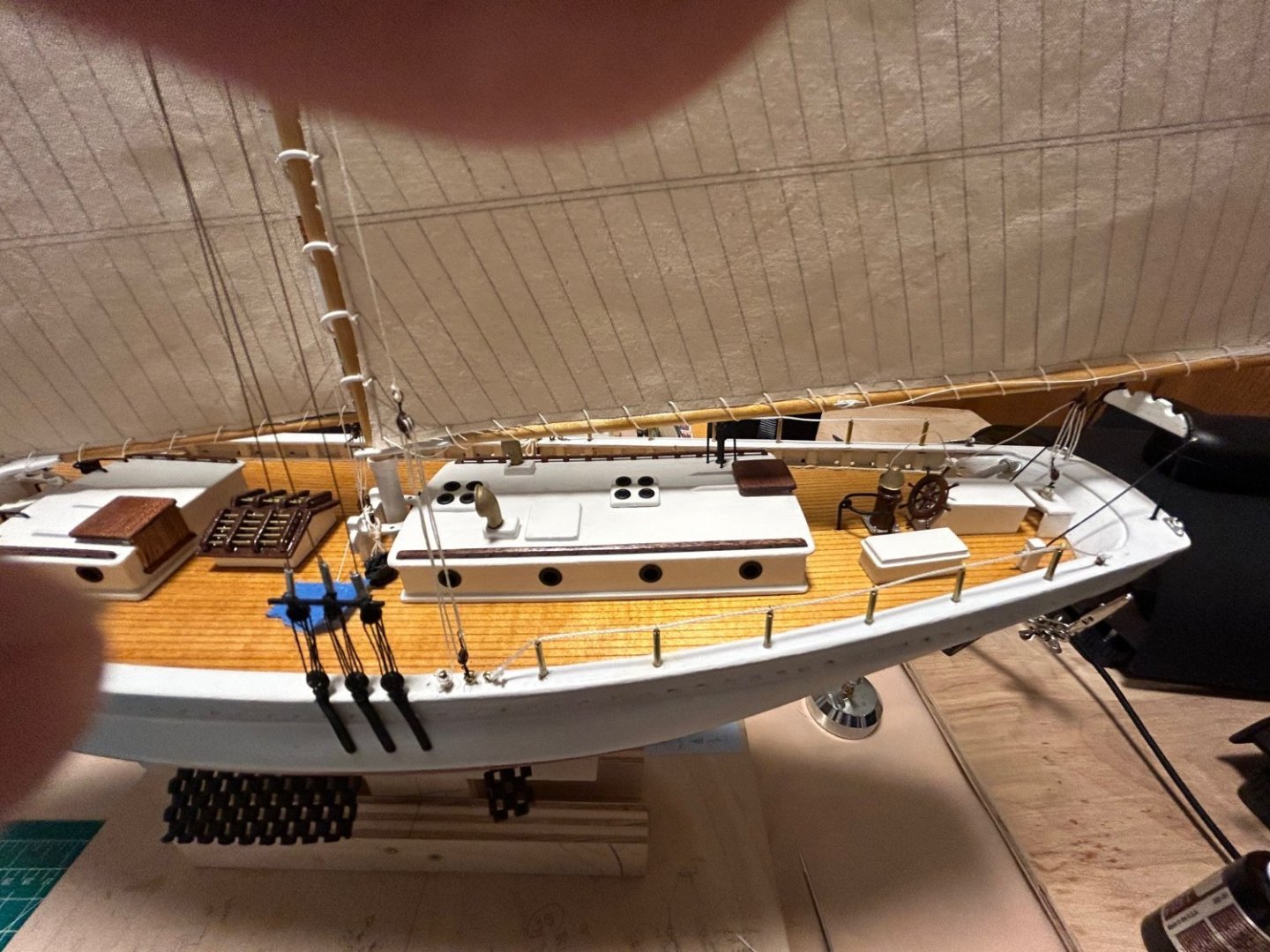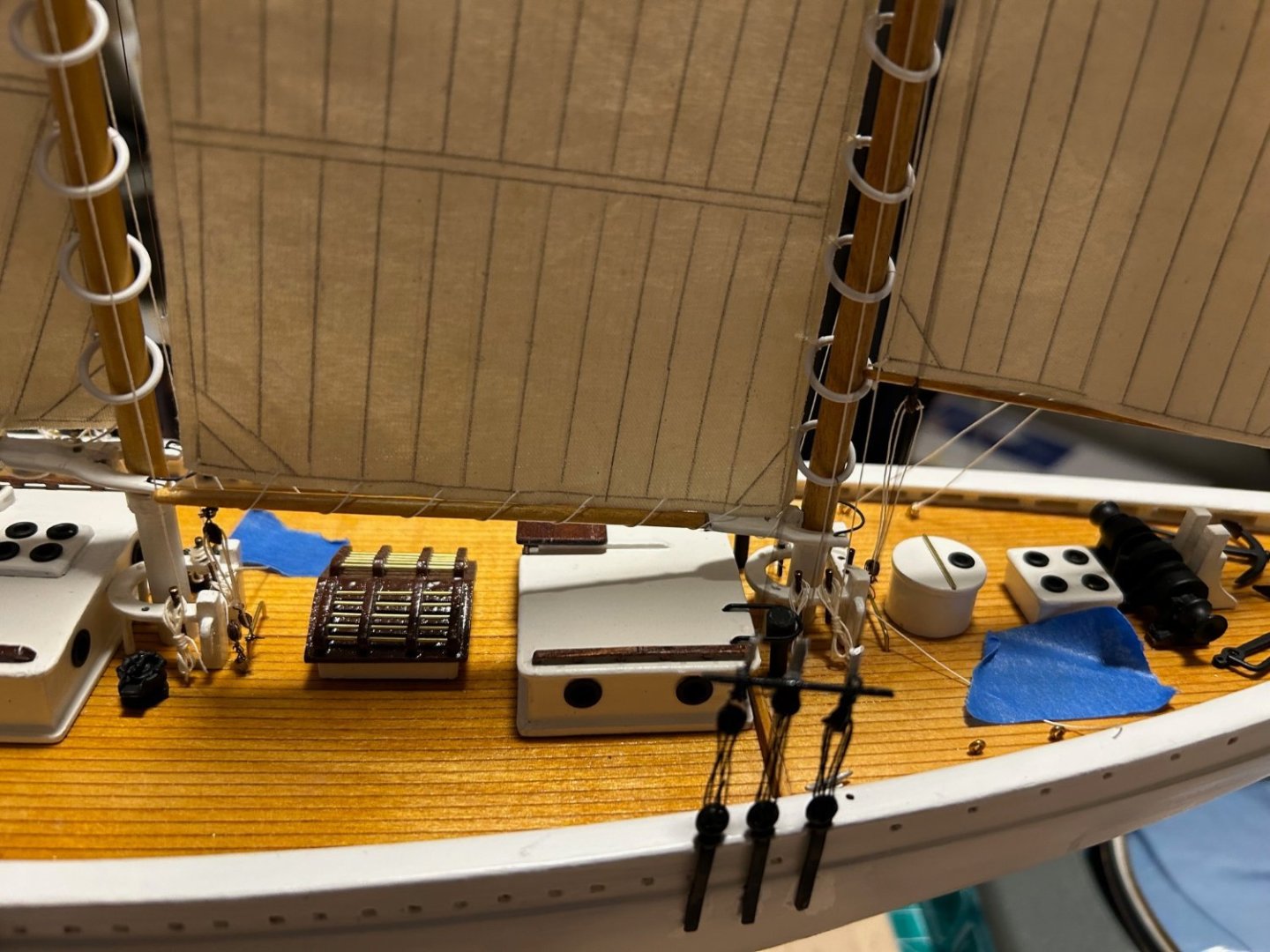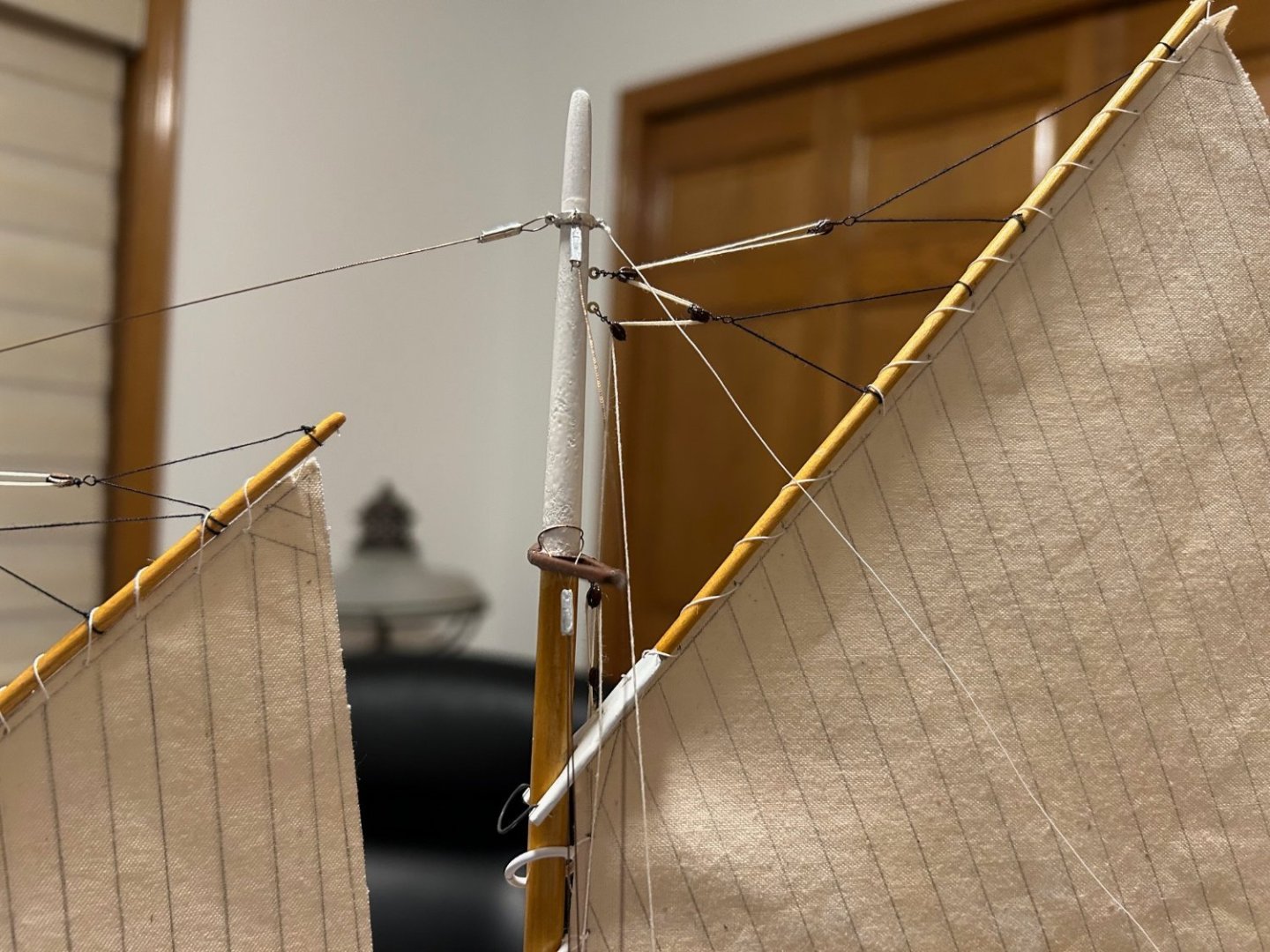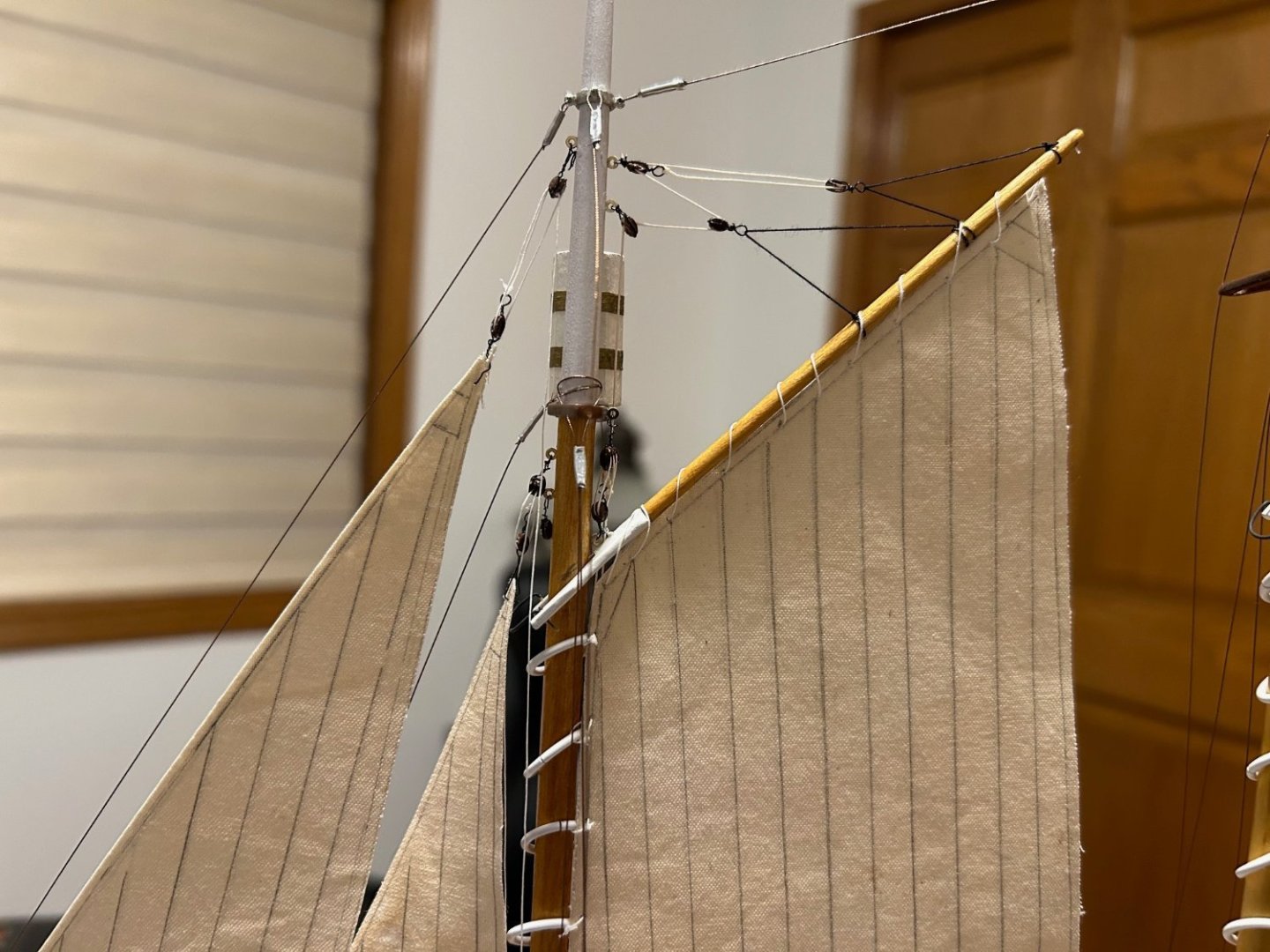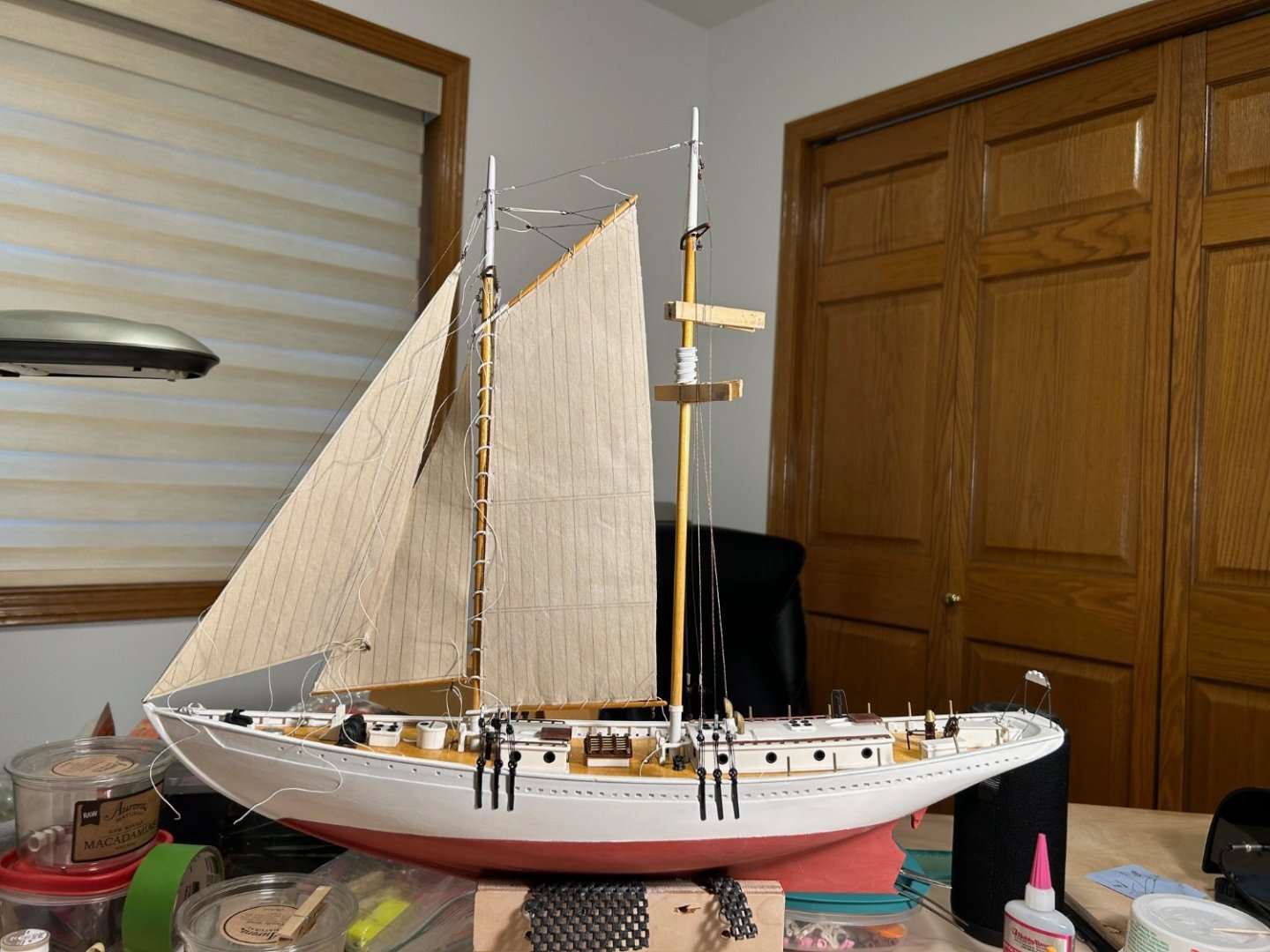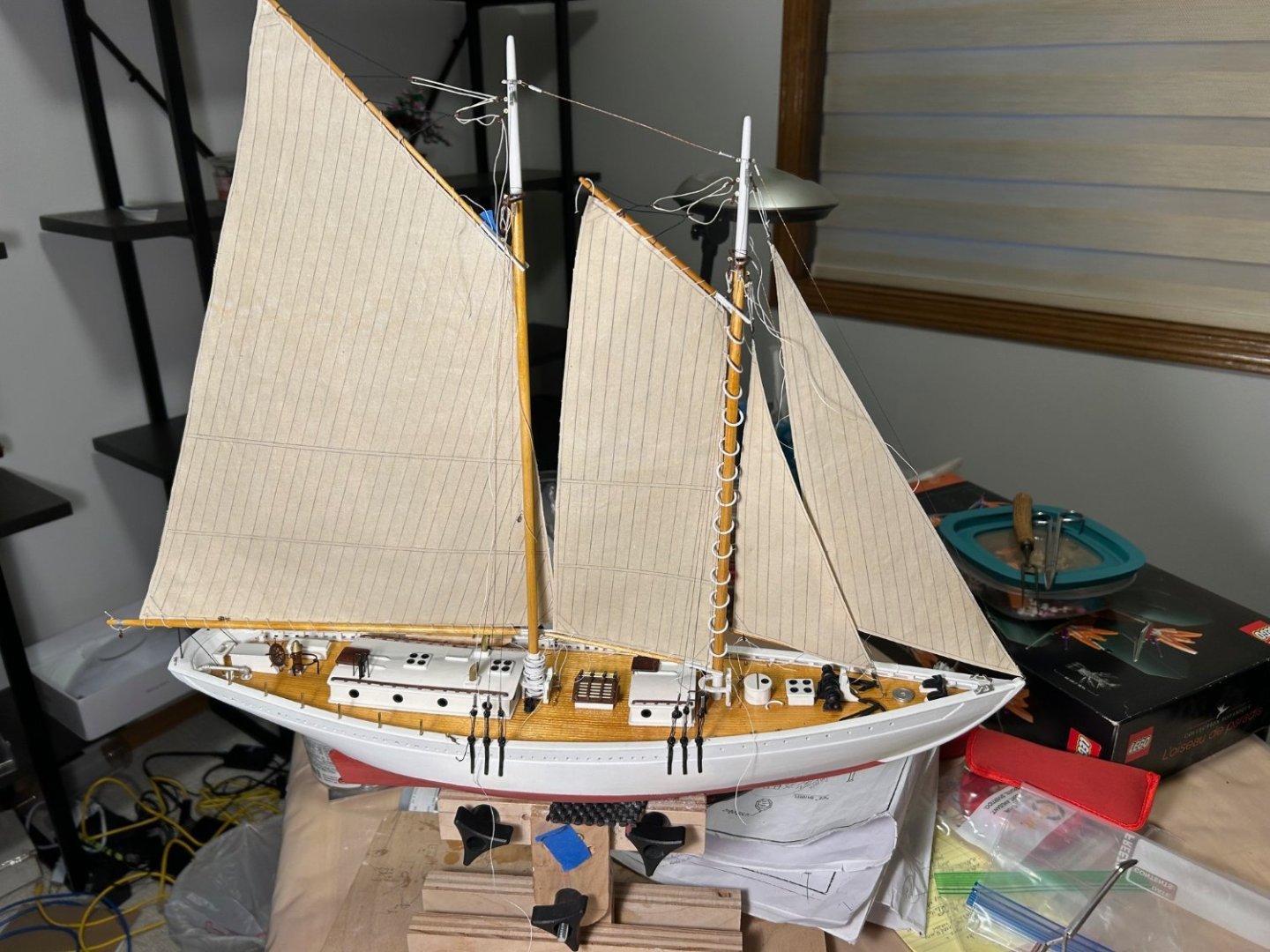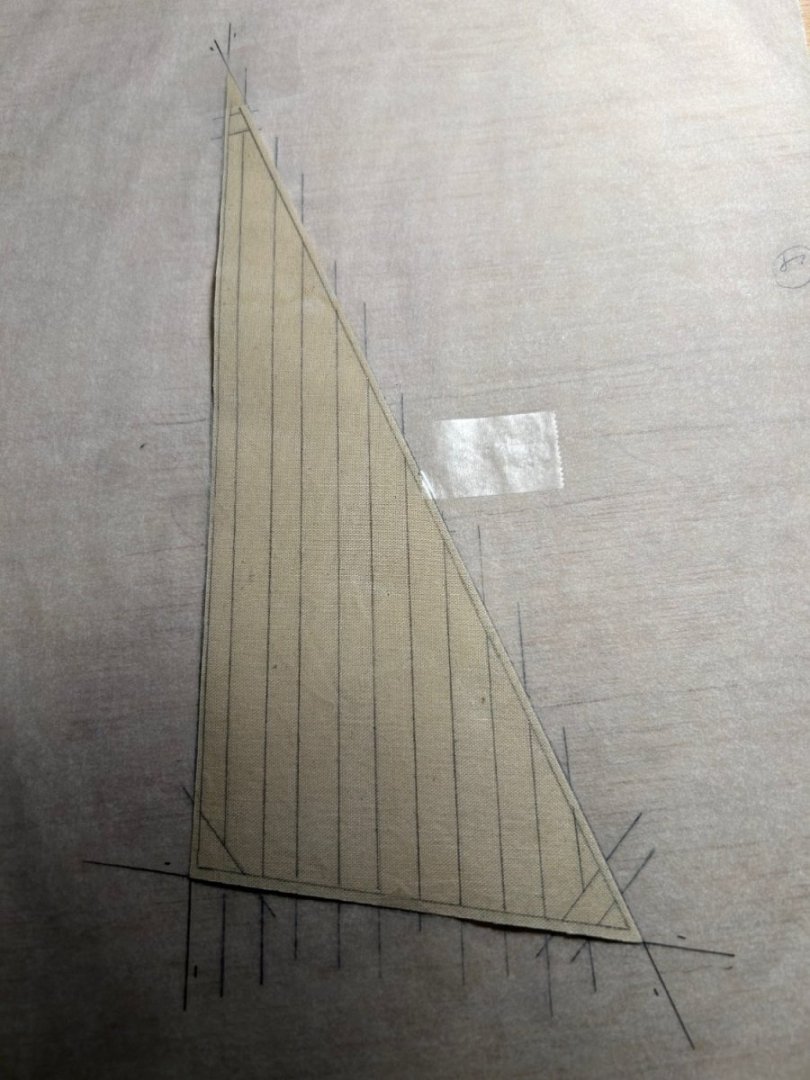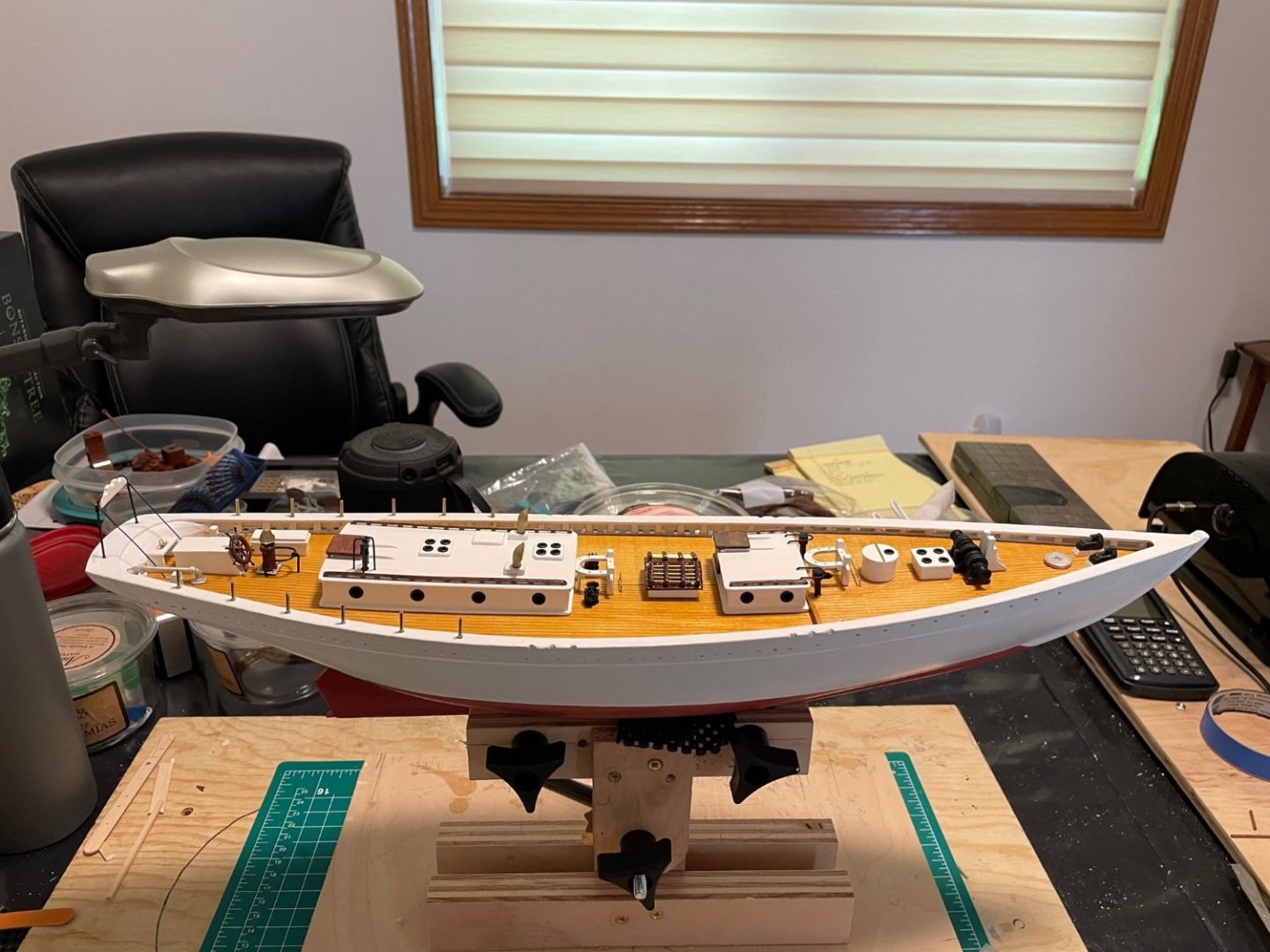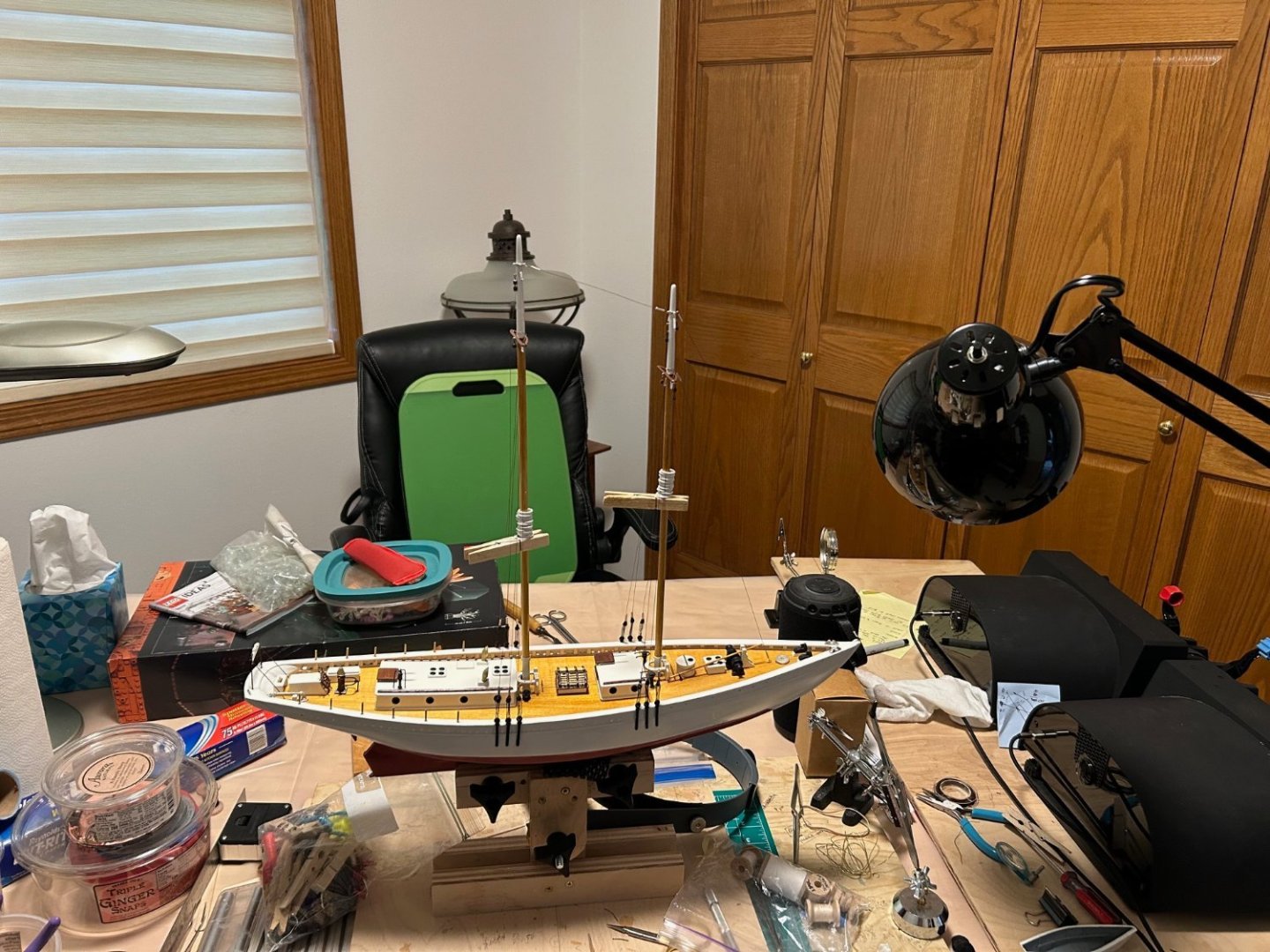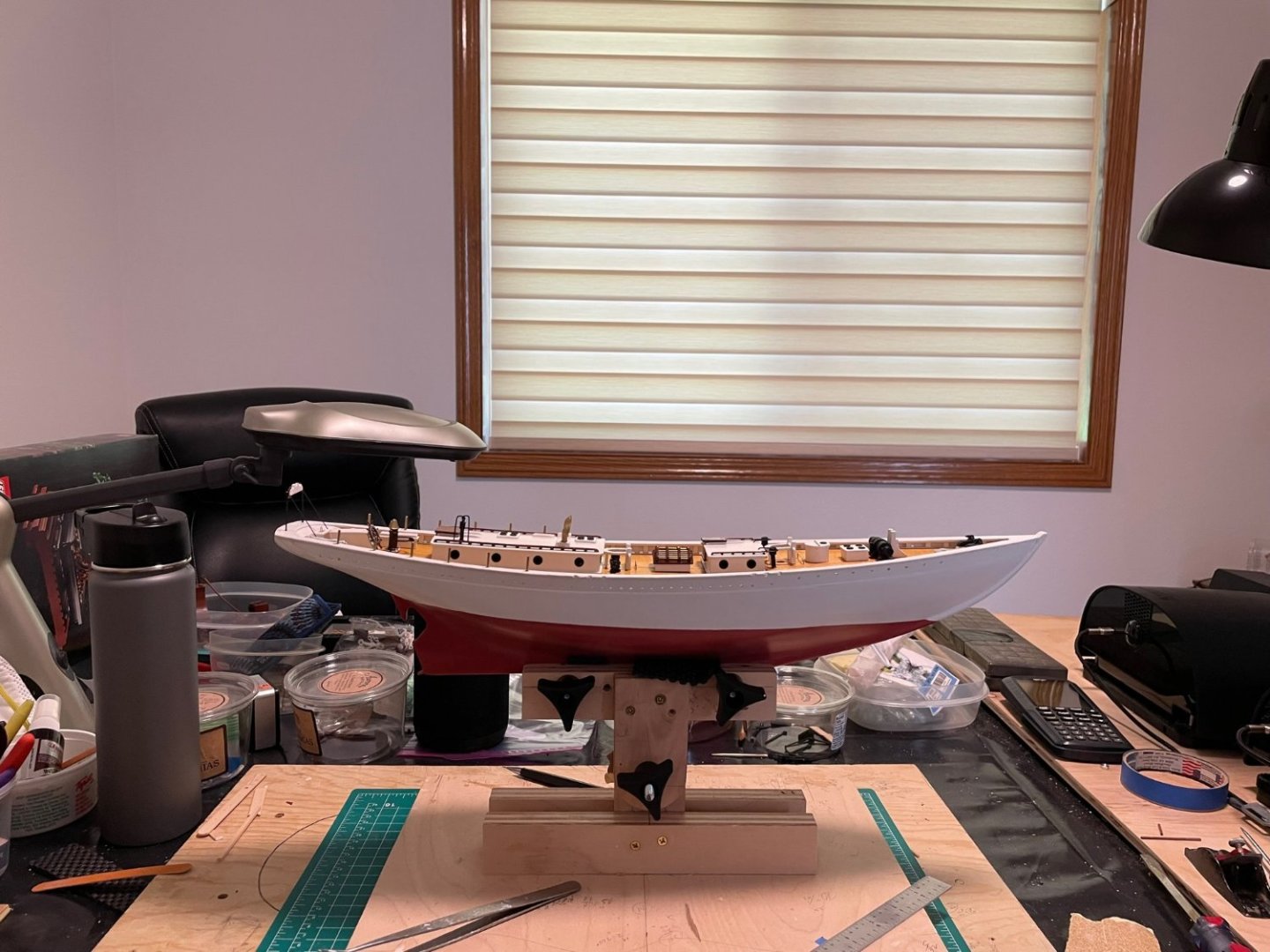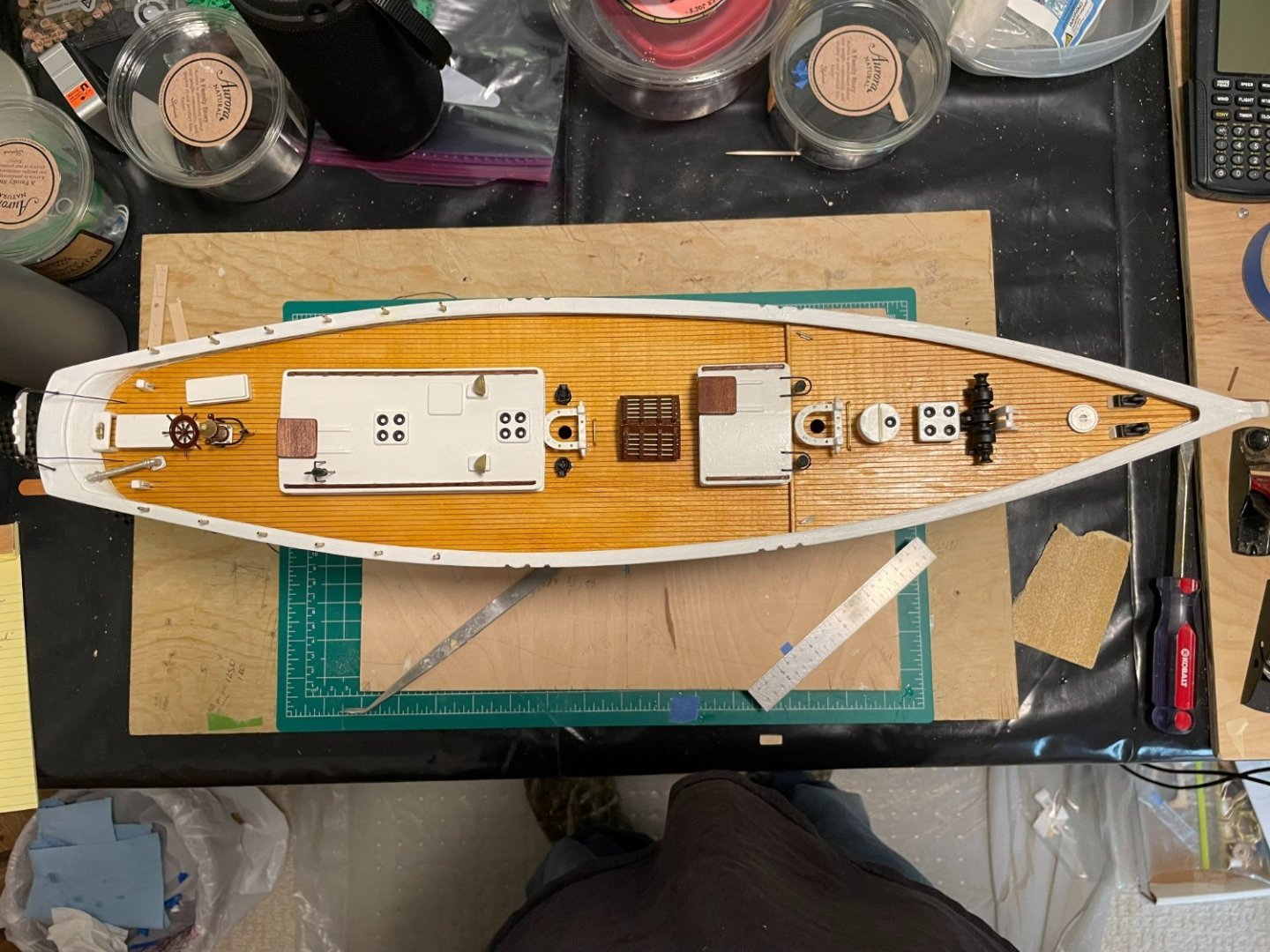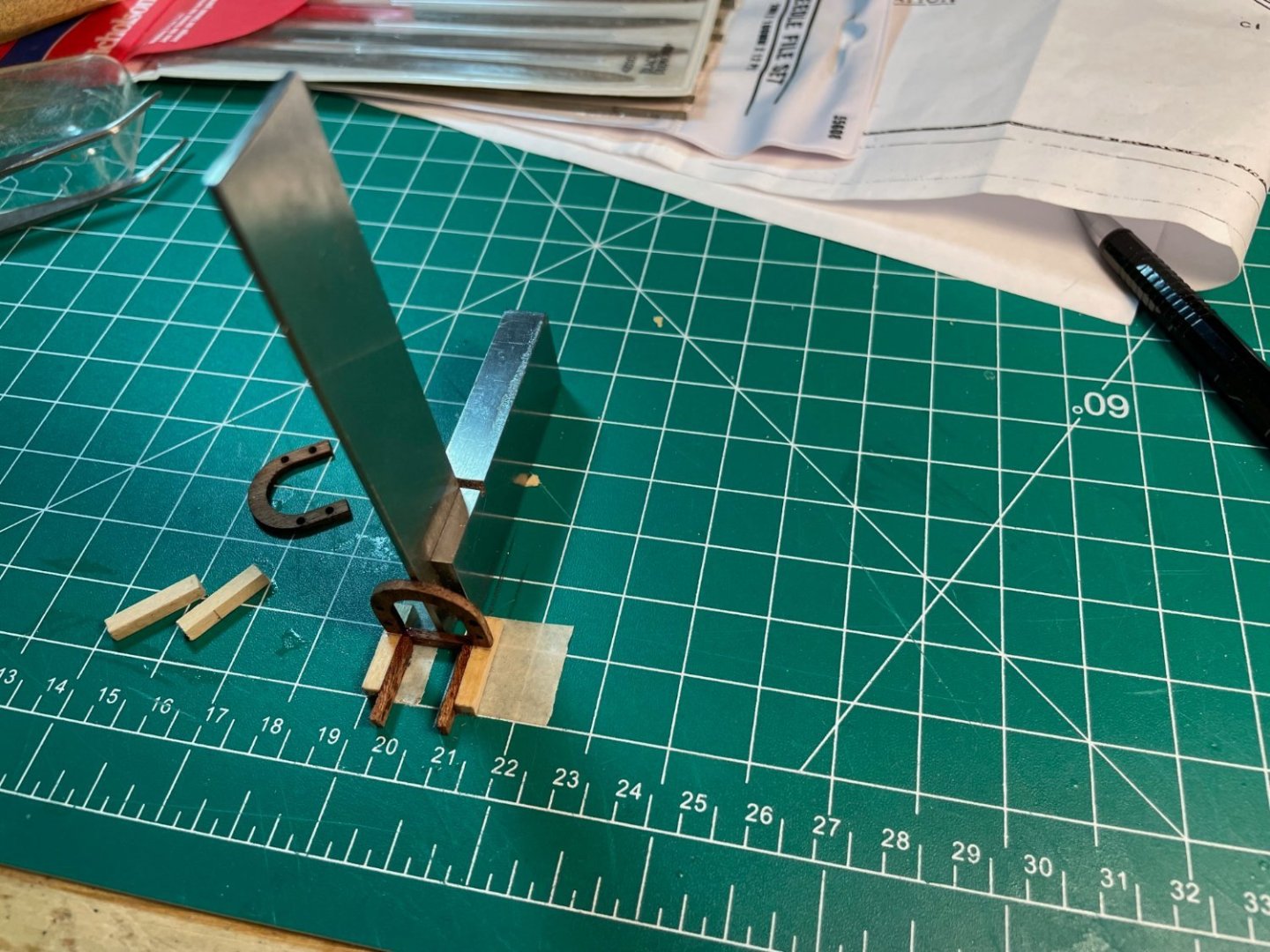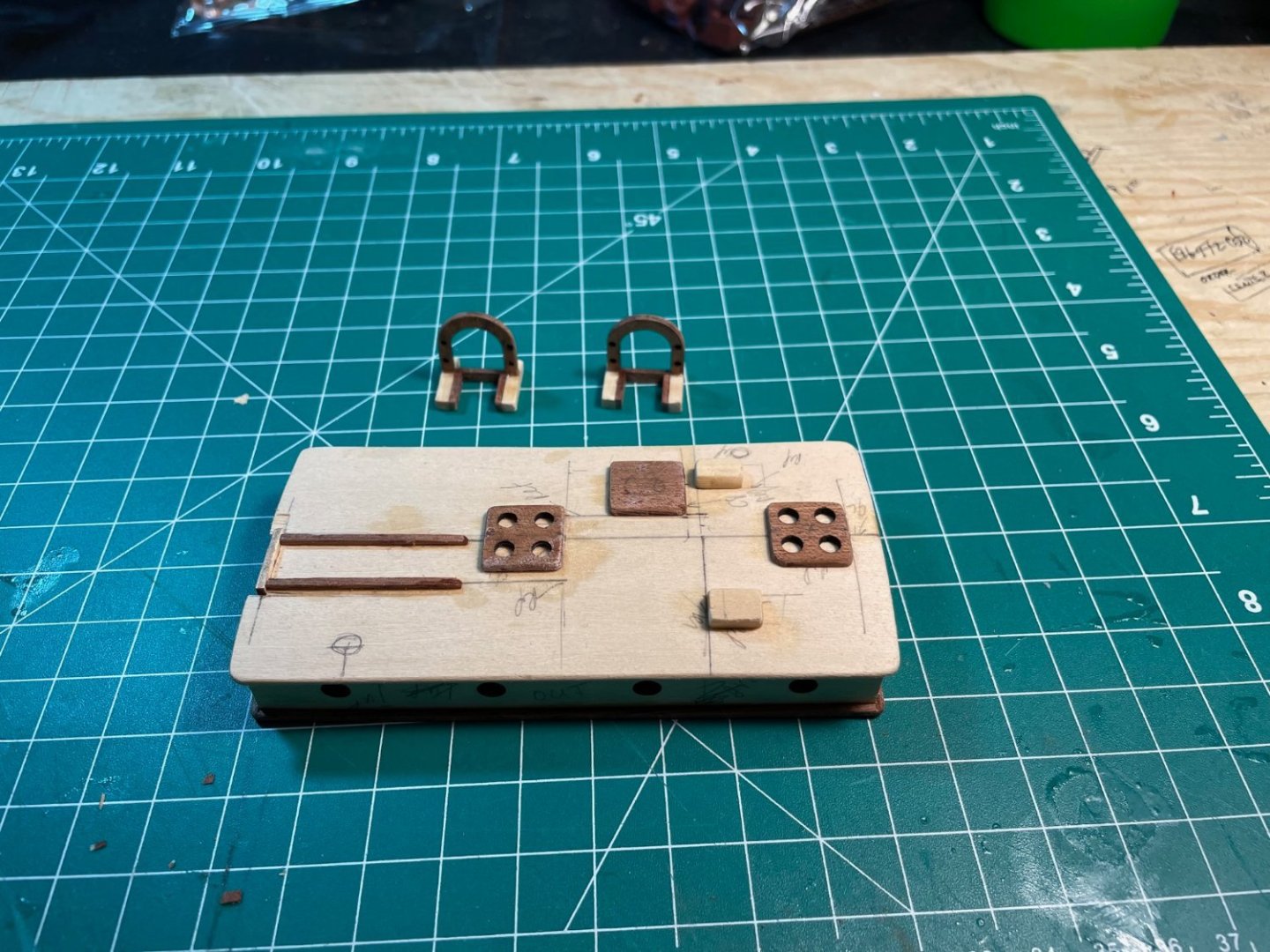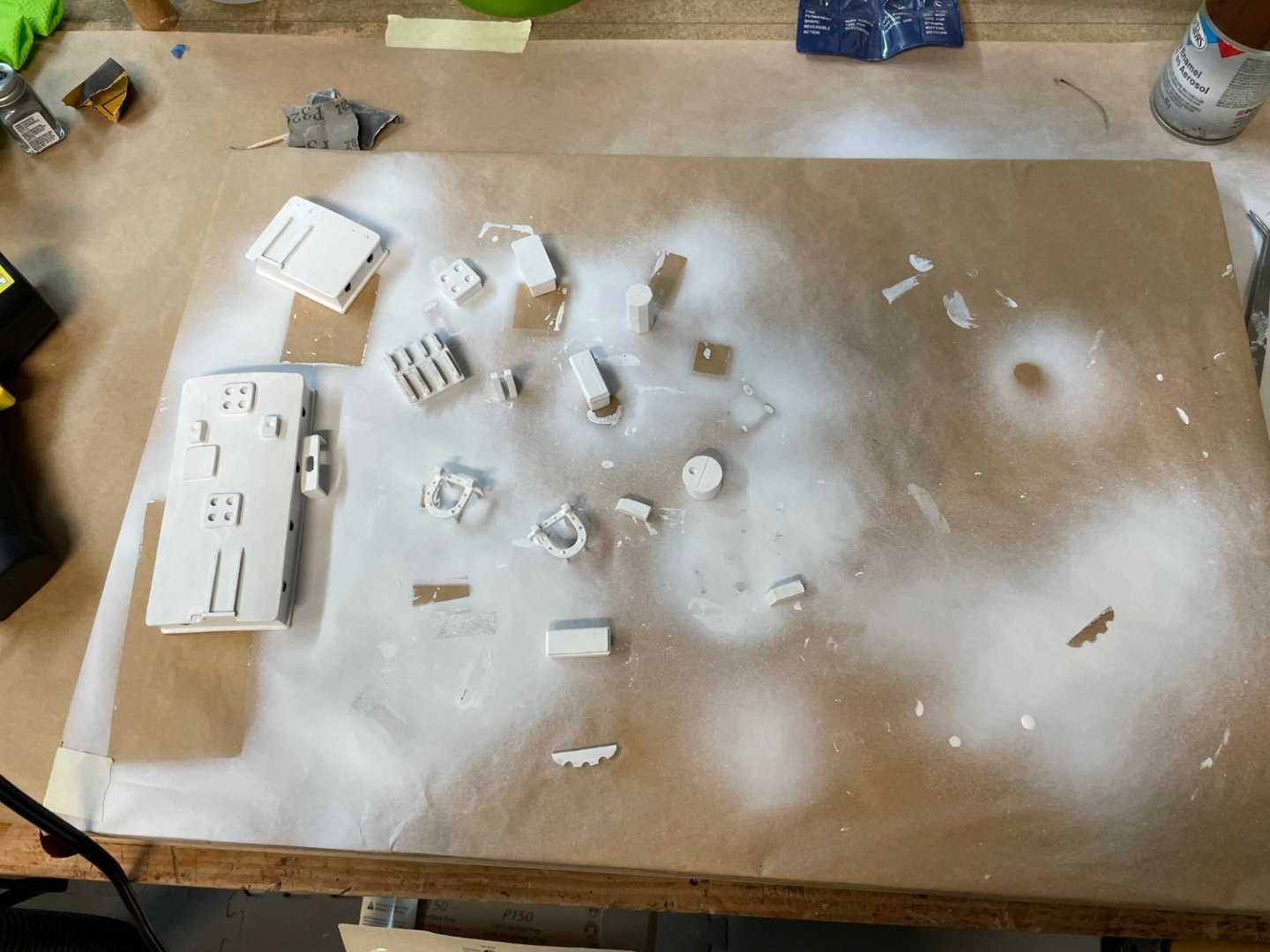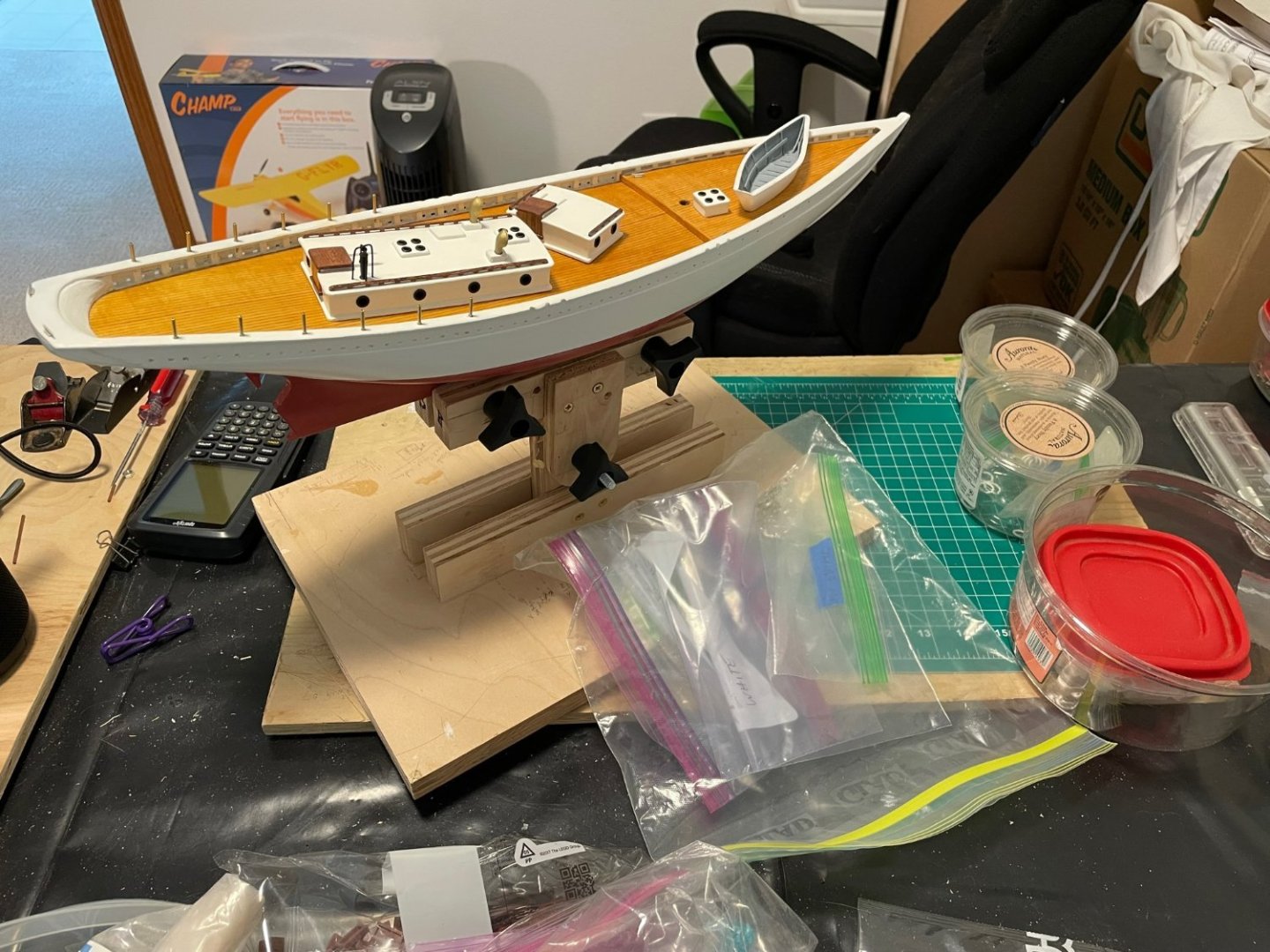
Mjohn
Members-
Posts
35 -
Joined
-
Last visited
Profile Information
-
Location
Seattle Area
Recent Profile Visitors
The recent visitors block is disabled and is not being shown to other users.
-
 Mjohn reacted to a post in a topic:
Bowdoin by Mjohn - FINISHED - BlueJacket Shipcrafters - 1:48
Mjohn reacted to a post in a topic:
Bowdoin by Mjohn - FINISHED - BlueJacket Shipcrafters - 1:48
-
 Mjohn reacted to a post in a topic:
Bowdoin by Mjohn - FINISHED - BlueJacket Shipcrafters - 1:48
Mjohn reacted to a post in a topic:
Bowdoin by Mjohn - FINISHED - BlueJacket Shipcrafters - 1:48
-
 Harvey Golden reacted to a post in a topic:
Bowdoin by Mjohn - FINISHED - BlueJacket Shipcrafters - 1:48
Harvey Golden reacted to a post in a topic:
Bowdoin by Mjohn - FINISHED - BlueJacket Shipcrafters - 1:48
-
 Jeff preisler reacted to a post in a topic:
Bowdoin by Mjohn - FINISHED - BlueJacket Shipcrafters - 1:48
Jeff preisler reacted to a post in a topic:
Bowdoin by Mjohn - FINISHED - BlueJacket Shipcrafters - 1:48
-
 Jeff preisler reacted to a post in a topic:
Bowdoin by Mjohn - FINISHED - BlueJacket Shipcrafters - 1:48
Jeff preisler reacted to a post in a topic:
Bowdoin by Mjohn - FINISHED - BlueJacket Shipcrafters - 1:48
-
 Jeff preisler reacted to a post in a topic:
Bowdoin by Mjohn - FINISHED - BlueJacket Shipcrafters - 1:48
Jeff preisler reacted to a post in a topic:
Bowdoin by Mjohn - FINISHED - BlueJacket Shipcrafters - 1:48
-
 Jeff preisler reacted to a post in a topic:
Bowdoin by Mjohn - FINISHED - BlueJacket Shipcrafters - 1:48
Jeff preisler reacted to a post in a topic:
Bowdoin by Mjohn - FINISHED - BlueJacket Shipcrafters - 1:48
-
 Jeff preisler reacted to a post in a topic:
Bowdoin by Mjohn - FINISHED - BlueJacket Shipcrafters - 1:48
Jeff preisler reacted to a post in a topic:
Bowdoin by Mjohn - FINISHED - BlueJacket Shipcrafters - 1:48
-
 Jeff preisler reacted to a post in a topic:
Bowdoin by Mjohn - FINISHED - BlueJacket Shipcrafters - 1:48
Jeff preisler reacted to a post in a topic:
Bowdoin by Mjohn - FINISHED - BlueJacket Shipcrafters - 1:48
-
 Jeff preisler reacted to a post in a topic:
Bowdoin by Mjohn - FINISHED - BlueJacket Shipcrafters - 1:48
Jeff preisler reacted to a post in a topic:
Bowdoin by Mjohn - FINISHED - BlueJacket Shipcrafters - 1:48
-
 Mjohn reacted to a post in a topic:
Bowdoin by Mjohn - FINISHED - BlueJacket Shipcrafters - 1:48
Mjohn reacted to a post in a topic:
Bowdoin by Mjohn - FINISHED - BlueJacket Shipcrafters - 1:48
-
 Mjohn reacted to a post in a topic:
Bowdoin by Mjohn - FINISHED - BlueJacket Shipcrafters - 1:48
Mjohn reacted to a post in a topic:
Bowdoin by Mjohn - FINISHED - BlueJacket Shipcrafters - 1:48
-
 Mjohn reacted to a post in a topic:
Bowdoin by Mjohn - FINISHED - BlueJacket Shipcrafters - 1:48
Mjohn reacted to a post in a topic:
Bowdoin by Mjohn - FINISHED - BlueJacket Shipcrafters - 1:48
-
 Mjohn reacted to a post in a topic:
Bowdoin by Mjohn - FINISHED - BlueJacket Shipcrafters - 1:48
Mjohn reacted to a post in a topic:
Bowdoin by Mjohn - FINISHED - BlueJacket Shipcrafters - 1:48
-
 Javlin reacted to a post in a topic:
Bowdoin by Mjohn - FINISHED - BlueJacket Shipcrafters - 1:48
Javlin reacted to a post in a topic:
Bowdoin by Mjohn - FINISHED - BlueJacket Shipcrafters - 1:48
-
 Javlin reacted to a post in a topic:
Bowdoin by Mjohn - FINISHED - BlueJacket Shipcrafters - 1:48
Javlin reacted to a post in a topic:
Bowdoin by Mjohn - FINISHED - BlueJacket Shipcrafters - 1:48
-
 Mjohn reacted to a post in a topic:
Gjøa 1872 by Harvey Golden - Roald Amundsen's Cutter built at Rosedahl, Norway
Mjohn reacted to a post in a topic:
Gjøa 1872 by Harvey Golden - Roald Amundsen's Cutter built at Rosedahl, Norway
-
 Mjohn reacted to a post in a topic:
Gjøa 1872 by Harvey Golden - Roald Amundsen's Cutter built at Rosedahl, Norway
Mjohn reacted to a post in a topic:
Gjøa 1872 by Harvey Golden - Roald Amundsen's Cutter built at Rosedahl, Norway
-
 Mjohn reacted to a post in a topic:
Gjøa 1872 by Harvey Golden - Roald Amundsen's Cutter built at Rosedahl, Norway
Mjohn reacted to a post in a topic:
Gjøa 1872 by Harvey Golden - Roald Amundsen's Cutter built at Rosedahl, Norway
-
Finished - at least for now. I have a few changes I may make including a different stand, but for now I'm done. The battens for climbing the rigging were, as expected, a bunch of knots. I experimented with square knots and cow hitches, and neither worked out all that well. I eventually just put an overhand knot on each end of the batten and dabbed in a bit of thick cyano. Satisfactory if not perfect. Next time through I think I might try some fine waxed fly-tying thread and a small drop of think cyano to hold it. I think the waxed thread would hold the knot smaller and tighter. Here are a couple of final pictures. The Bluejacket kit was as advertised. The instructions were comprehensive. Precut parts were accurate and clean with a only reasonable amount of burning on thicker parts. Overall, I give the kit high marks. Thanks to everyone who answered my questions, commented, or just shared your build log and pictures. I learned a lot while building this kit and enjoyed it.
- 48 replies
-
- Bowdoin
- BlueJacket Shipcrafters
-
(and 1 more)
Tagged with:
-
Thanks. And thanks for the detail you included in your build log(s). Your notes were very helpful. Thanks to others as well. I learned a lot building this boat. I still feel like a beginner, but I also feel like I could take on another complicated build. The modelshipworld site is a real asset. I still have to figure out how to tie on the climbing batens. I counted something like 240 knots... I am half tempted to just leave them off....
- 48 replies
-
- Bowdoin
- BlueJacket Shipcrafters
-
(and 1 more)
Tagged with:
-
Want a laugh? I looked through these pictures this morning and nearly fainted. On one of the pictures the masts look like they are wildly out of parallel. I went to the hobby table, grabbed my small ruler, and did a quick check. Parallel to within 1/16 from top to bottom. I'm not much of a photographer, but I'm thinking the angle of the picture(s) results in parallax. Or something. Whew.
- 48 replies
-
- Bowdoin
- BlueJacket Shipcrafters
-
(and 1 more)
Tagged with:
-
- 48 replies
-
- Bowdoin
- BlueJacket Shipcrafters
-
(and 1 more)
Tagged with:
-
A few very near final pictures. I have to buy some thread to tie in the ratlines. Oh and the rudder needs to be mounted. About that... The other day I was reaching across my worktable while wearing my magnifiers and I smacked the mast. The model tumbled and the rudder as well as some of the standing rigging were damaged. A bit of a bummer, but in the end, after I remake and rehang the rudder, the only remaining issues are that the standing rigging isn't as tight as I originally installed it, and the deadeyes aren't as even. Stuff happens. In the pictures the sheets are not finally cleated and belayed. I may decide to push the sails to one side of the boat, and I want the option before I decide what tack to show her on. Deck level pictures Foredeck Mid Deck Afterdeck Foretop Maintop
- 48 replies
-
- Bowdoin
- BlueJacket Shipcrafters
-
(and 1 more)
Tagged with:
-
Running rigging largely followed the instruction guide. The foredeck photo shows the jib sheet run incorrectly. I will be fixing that. The main and foresail are laced to the masts. And I have no idea why the following is posting upside down. If I can't figure this out and edit the post, I will delete. Note that I have rotated the original every possible way before posting - and somehow this picture always ends up inverted.
- 48 replies
-
- Bowdoin
- BlueJacket Shipcrafters
-
(and 1 more)
Tagged with:
-
I was a little intimidated by the running rigging at first, but the instructions were generally very clear. I never could get the wire from the kit to attach to the small blocks without either munging up the block or ripping off all the paint, so I bought a roll of 0.3mm fine black wire from a flyfishing supply shop. I don't know what the coating on the wire was, but the wire didn't like to stay tightly twisted. Again it took me a good deal of practice, some new beading pliers, and an order of replacement blocks from Bluejacket before I got satisfactory, if not excellent results. I got better as I went along. I decided to install sails and see if I like the result. I bought some lightweight material at a local fabric store, dyed it in tea, and coated it with lacquer and a coat of clear poly. I wanted to make sure the stich lines were identical on both sides of the sails, so I traced from the plans and made templates for each side using the traced originals.
- 48 replies
-
- Bowdoin
- BlueJacket Shipcrafters
-
(and 1 more)
Tagged with:
-
I am going to dump several pictures that show building progress since last time I posted - which was... holy cow .... July. First, here is the deck mostly done and ready for rigging to start: Next, a picture of the standing rigging. The kit supplies braided wire for the standing rigging, and it took some practice to get the rigging tensioned properly. Clamping the rigging wire in place while crimping the ends and not losing tension was tricky - maybe there is a nifty special clamp. I ended up using document frogs that I borrowed from my wife's office supplies. To set the deadeyes even to one another, I created a little jig, based on some I have seen in this forum and comments from more experienced builders. I have misplaced the picture of the jig, but basically it was a piece of scrap bass 3/32 basswood cut and marked to the height I wanted the deadeyes to sit and then hollowed out to hold the deadeye. I then sandwiched the deadeye between this piece and another - and I could slip the shroud up between the sandwich halves.
- 48 replies
-
- Bowdoin
- BlueJacket Shipcrafters
-
(and 1 more)
Tagged with:
-
 Mjohn reacted to a post in a topic:
Bowdoin by Mjohn - FINISHED - BlueJacket Shipcrafters - 1:48
Mjohn reacted to a post in a topic:
Bowdoin by Mjohn - FINISHED - BlueJacket Shipcrafters - 1:48
-
thanks. This is what I was looking for.
-
I am building a Bluejacket Dowdoin (1/4" : 1'). I'm just at the point of installing the standing rigging. I'd like the shroud deadeyes to be nearly parallel to each other when I attach the deadeyes to the chainplates. Can anyone suggest a jig to hold the deadeyes in place while rigging the shrouds? Thanks
-
The deck is largely done. I have to cement on the chain brakes, and I want to touch up the paint in a couple of places, but then I'm going to start rigging. I am leaving the anchors off until I get well into the rigging because I want to see where all of the rigging comes to the deck. I don't want to accidentally glue the anchors where I need to run lines or line terminators. I haven't gone as far as some in adding additional detail. I can always circle back and add more detail later, and the rigging looks like fun. Here is one that is top down:
- 48 replies
-
- Bowdoin
- BlueJacket Shipcrafters
-
(and 1 more)
Tagged with:
-
Thanks for the link to a really nice piece. I've been looking over your Bowdoin for rigging guidance. Some very helpful pictures there.
- 48 replies
-
- Bowdoin
- BlueJacket Shipcrafters
-
(and 1 more)
Tagged with:
-
Despite no posts for a while, there has been progress. Model making time since my last post has been split pretty evenly between building the many sub-components and preparing then painting these parts. Here are some pictures as the model has been moving through the process. Building the taffrails. A little tricky keeping things square. Here is the main house. I subsequently shortened the hatch rails to be what I thought was more appropriate to the hatch cover size. I have a few comments on my paint job as I learn more. I wanted to avoid putting too much paint on the components and ending up with an unsightly buildup, and I knew the white I had been using was going to need several coats to cover well. So, I sprayed a hardware store enamel as a base coat and followed with a final coat of True North white to make sure the white on the components matched the hull. I'd say that experiment was not a gigantic success. Some of the components still ended up with a fairly thick coat in part because I'm a lousy rattle can spray painter. I think that if I do many more ship models I'm going to buy a small hobby sprayer because painting with a brush has its own problems and I like the True North paint better than the spray can paint. One observation is The True North paint is incredibly strong. The sprayed enamel I used for white and black parts is easily damaged. The True North is much harder to scratch even on unprimed metal parts. I had an aha moment when I painted the silver and bronze True North paint. Both paints initially went on pretty thick. When I thinned the paint a bit and repainted, the results were excellent. Of course, a quick look at the paint bottles for all the colors suggests thinning before using. Next time follow the instructions. Putting a coat of satin poly on the white painted surfaces enhanced the appearance, in my view, as well as making surfaces less likely to get dirty. I found I could even carefully mark pieces with a soft pencil and then completely erase lines when I needed. Some may not like the satin as opposed to a pure flat, and I get that. To each their own. This picture shows progress to date. The deck is unmasked and a final coat of shellac has been added. The plastic containers and plastic bags contain the painted parts that need final assembly and installation. The large components are not glued to the deck yet in case anyone was about to have a heart attack. Thanks to everyone who has commented or given suggestions so far.
- 48 replies
-
- Bowdoin
- BlueJacket Shipcrafters
-
(and 1 more)
Tagged with:
-
It is getting there. Long way to go yet. I have never tackled a rigging project as complex as this one will be, so I have some homework to do. I'm looking for references. Fortunately, there are a lot of parts to make and paint in the meantime. I have used both Water Putty and the MH Ready Patch for various parts of the project so far. The Water Putty was really great for rebuilding the stern area that I initially screwed up. I found I could mix it to a consistency that let me mold it to shape, and it held its shape well. I used the Ready Patch for fairing the hull and for general gap filling and smoothing. I like that it dries quickly and sands easily. It does seem to shrink a little, so sometimes needs a couple of coats. I'm not sure MH has an advantage over any other spackling compound, but it seems to work well. The deck is amber shellac over the bare wood. The Bluejacket people recommended it. The red is True North paints Antifoul Red. Thanks for asking.
- 48 replies
-
- Bowdoin
- BlueJacket Shipcrafters
-
(and 1 more)
Tagged with:
-
Thanks for the background Roger. I haven't been in probably 25 years, but when I lived on, and then regularly visited, the east coast, Mystic was one of my favorite places. I haven't subscribed to WB for several years, but I will look up their coverage.
- 48 replies
-
- Bowdoin
- BlueJacket Shipcrafters
-
(and 1 more)
Tagged with:
About us
Modelshipworld - Advancing Ship Modeling through Research
SSL Secured
Your security is important for us so this Website is SSL-Secured
NRG Mailing Address
Nautical Research Guild
237 South Lincoln Street
Westmont IL, 60559-1917
Model Ship World ® and the MSW logo are Registered Trademarks, and belong to the Nautical Research Guild (United States Patent and Trademark Office: No. 6,929,264 & No. 6,929,274, registered Dec. 20, 2022)
Helpful Links
About the NRG
If you enjoy building ship models that are historically accurate as well as beautiful, then The Nautical Research Guild (NRG) is just right for you.
The Guild is a non-profit educational organization whose mission is to “Advance Ship Modeling Through Research”. We provide support to our members in their efforts to raise the quality of their model ships.
The Nautical Research Guild has published our world-renowned quarterly magazine, The Nautical Research Journal, since 1955. The pages of the Journal are full of articles by accomplished ship modelers who show you how they create those exquisite details on their models, and by maritime historians who show you the correct details to build. The Journal is available in both print and digital editions. Go to the NRG web site (www.thenrg.org) to download a complimentary digital copy of the Journal. The NRG also publishes plan sets, books and compilations of back issues of the Journal and the former Ships in Scale and Model Ship Builder magazines.

